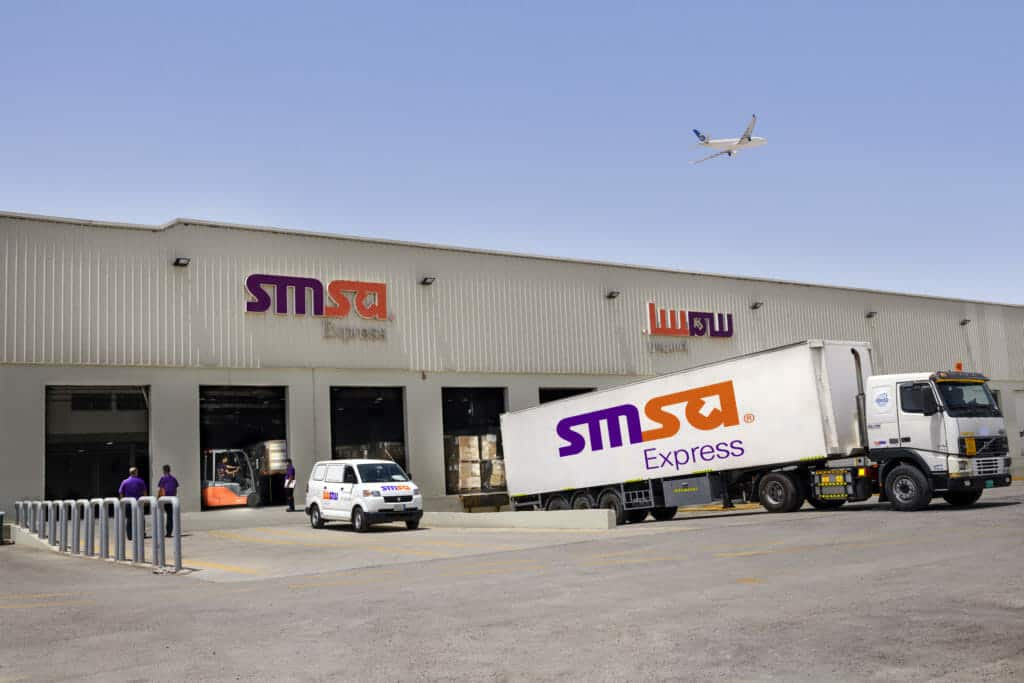Saudi Arabia recorded a growth in air cargo traffic during 2021 compared to 2020, with the total air cargo until the end of December of 2021 amounting to more than 653,000 tons.
The civil aviation sector is working to contribute to supporting the field of air freight and enabling the logistic sector in the Kingdom, through many projects that have contributed to improving the infrastructure of the sector in Saudi airports, local media reports said.
This is evident in the model cargo village at King Khalid International Airport in Riyadh, which is an advanced logistics platform, whose capacity is estimated at 500,000 tons, the reports said.
The goal is to reach 1,600,000 tons annually at the time of full operation, on an area of 350,000 square meters, which contributes to strengthening the strategic location of the city of Riyadh as a leading provider of logistics services.
Furthermore it is the first village of its kind in the field of air freight at the Kingdom’s level by providing an integrated area for the establishment of independent buildings for each operator of express freight service with the highest specifications that keep pace with the volume of shipments flowing from and to the capital city, finishing all operations in one place and with high efficiency.
All operations are in accordance with the requirements of the International Air Transport Association (IATA).
The Model Cargo Village at King Fahd International Airport in Dammam aspires to be one of the important economic propeller in the shipping and logistics sector in the Kingdom. The village includes many warehouses, logistics sites, and a deposit and re-export area.
The express freight service is one of the most important services provided by the village in addition to the incentives to various companies, most notably the competitive prices for various airport services. It has a cargo handling capacity of 650,000 tons per year.
The village also provides a wide range of warehouses with different types of storage and distribution operations, and extends over a total area of 500,000 square meters, including 300,000 square meters dedicated to warehouses and storage facilities, and 200,000 square meters assigned for services.
This in addition to an area for import and re-export that spans 100,000 square meters, which enables investors to store and re-export air, land and sea shipments without the need to pay customs duties with the possibility of reassembly and partial clearance of goods.
The reports said the logistics sector in Saudi Arabia has witnessed rapid development, benefiting from the objectives set for the sector in the civil aviation strategy emanating from the national strategy for transport and logistics, local media reports said.
The strategy aims to enable air freight and double its capacity. The General Authority of Civil Aviation (GACA) has undertaken several initiatives that contribute to developing the air freight system in the Kingdom and liberalizing its services to give the logistics sector the necessary flexibility to increase its capacity to 4.5 million tons of goods by the year 2030.
The logistics industry is a mainstay in the growth of countries’ economies, enhancing their economic diversification and enabling the rest of the other sectors.
GACA has worked in accordance with the latest international methods and technologies to develop and build a modern airport system that provides the best services and improves the quality of services provided to beneficiaries in the air freight sector, the reports said.
The aim is to enhance the position of Saudi Arabia to become a distinct logistics platform between the three continents, promoting sustainable development and a major contribution to achieving the Kingdom’s Vision 2030.

